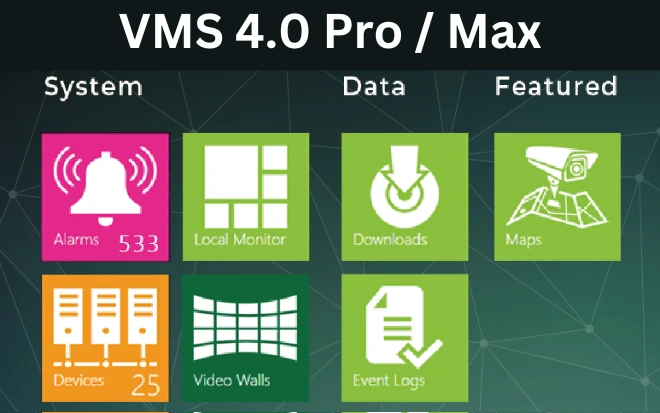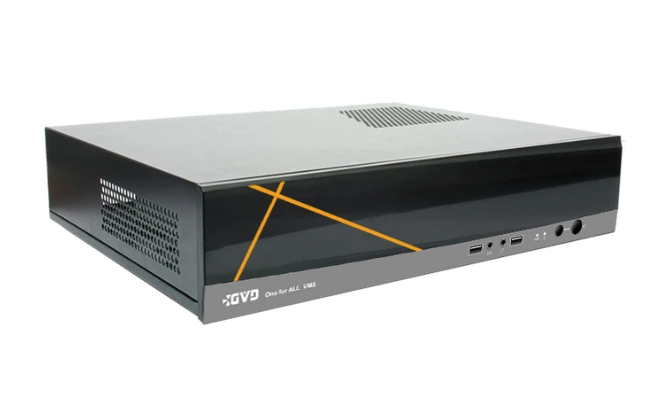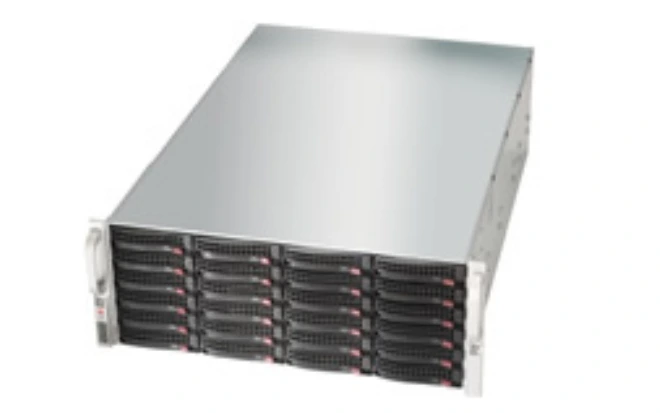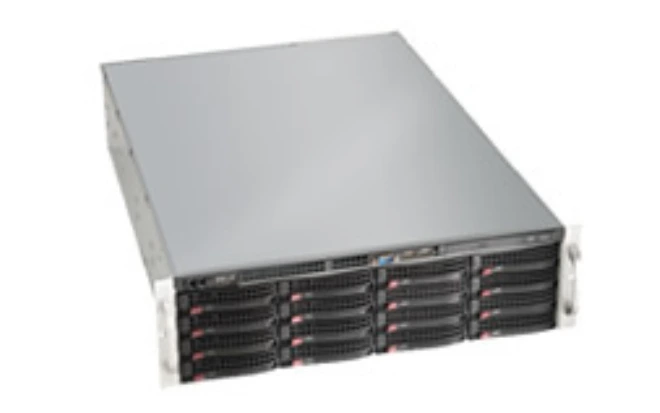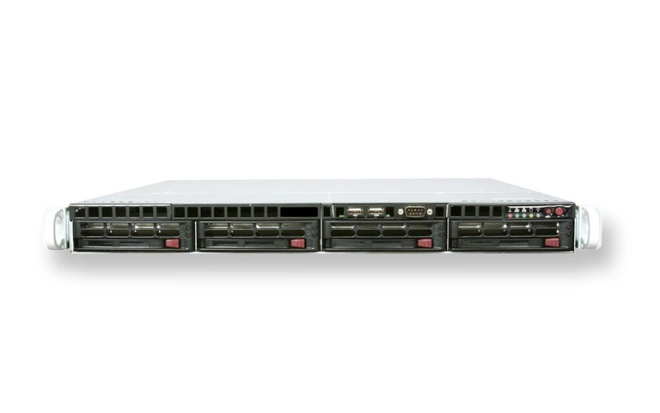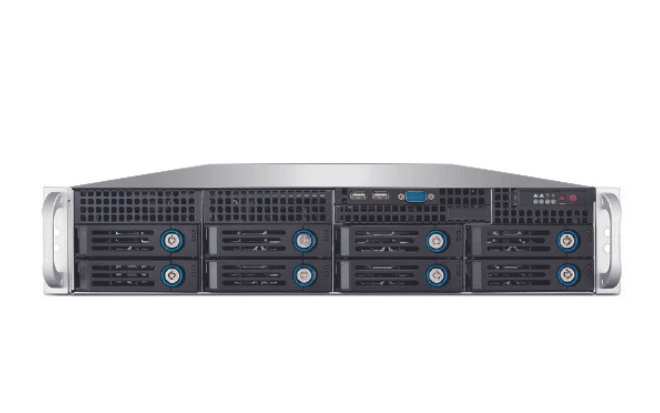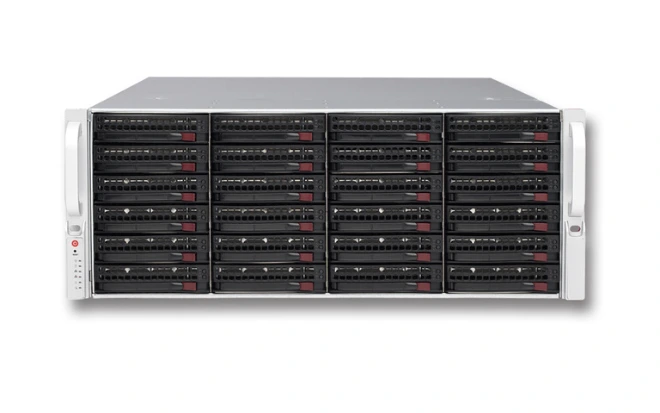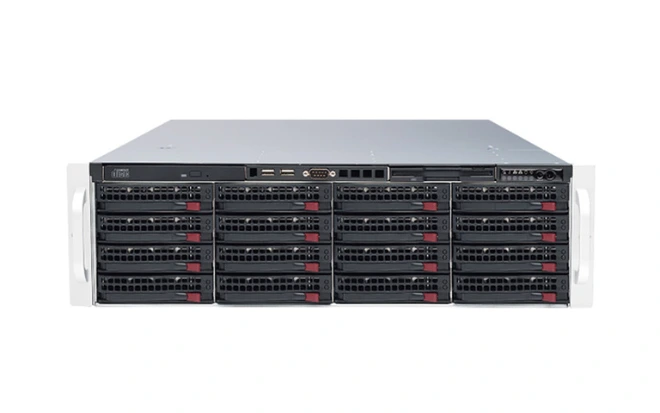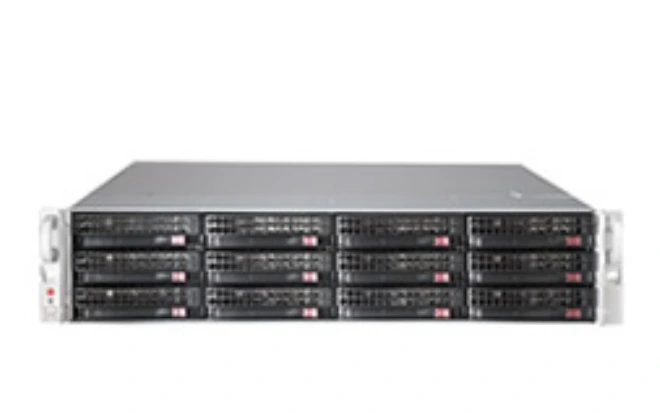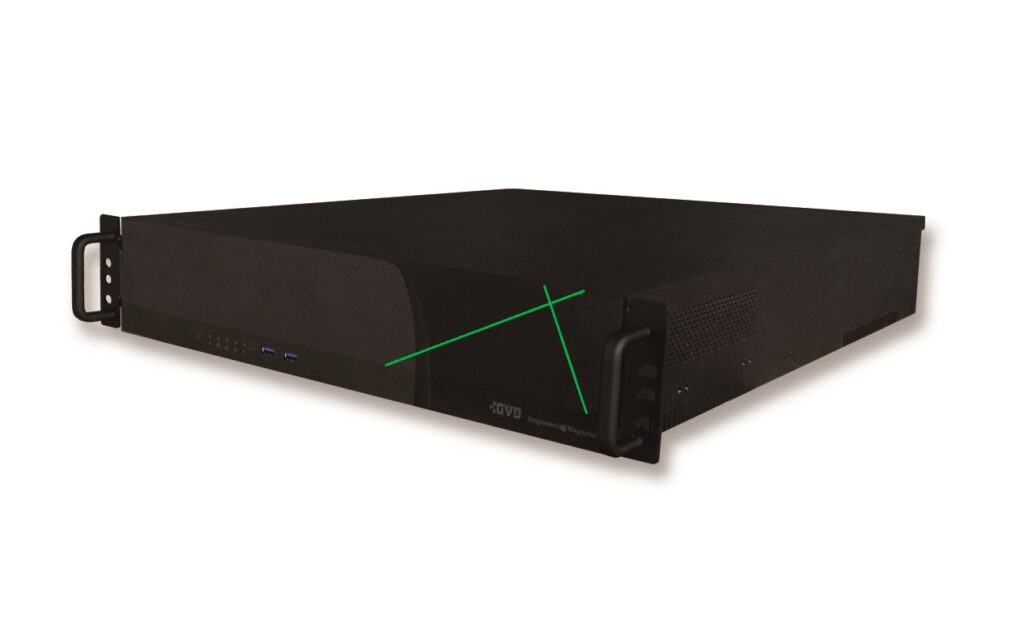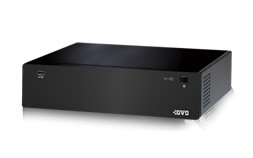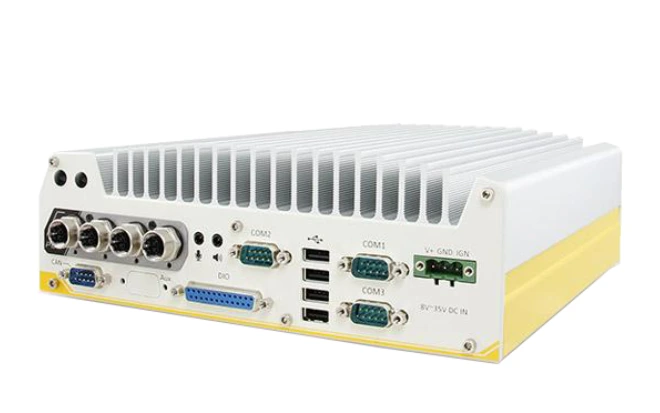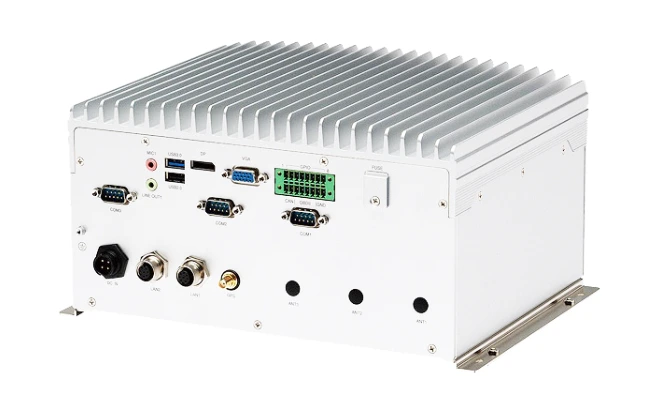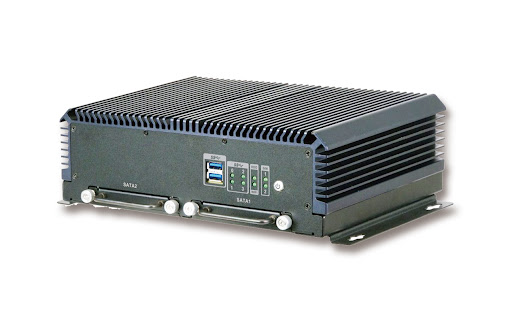Cloud & Hybrid Storage
Elevating Performance with Our Cloud & Hybrid Storage VMS 4.0
- Max. 100K camera management
- Based on Elasticsearch for high system scalability, availability, and data visualization
- AI video analytic computing in central cloud and edges
- Hybrid storage in NVRs, IP-SAN, camera SD cards, and private/public clouds
- iGlance Dashboard for quick overview of system big data
GVD VMS 4.0 comes with a deep-learning AI technology plus cloud-based solution combining distributed (hybrid) storage.
GVD VMS 4.0 is a new platform based on Elasticsearch, a search & analytics engine with excellent clustering to bring high scalability, availability, and visualization of system big data. Also, VMS 4.0 is a video platform supporting hybrid storage. It doesn’t matter where you deploy your video storage, as long as it is secured and safe, AI will take care of video analysis and video surveillance will work for operators.
Migration & Upgrade
For users of VMS 3.8, GVD offers a seamless migration and upgrade path to version 4.0, ensuring a hassle-free transition. GVD VMS 4.0 introduces advanced AI video analytics capabilities, making integration effortless. Users can easily plug in these new features without compatibility issues. Moreover, GVD VMS 4.0 supports quick adaptation of third-party AI applications, expanding functionality. This upgrade not only enhances system performance but also provides access to powerful AI tools, improving video surveillance efficiency and effectiveness.

New Architecture
VMS-driven solution for distributed storage with AI applications
By a new architecture allowed by GVD new products, GVD VMS 4.0 is highly flexible to expand, whether with more cameras (up to 100,000) or more applications from the 3rd parties.
The new architecture allows large-scale projects such as enterprise or government to have mixed storage, in the existing NVRs, IP-SAN, camera SD cards, and private/public clouds.
Another highlight of the new architecture is the support for diverse networking media, including the traditional Ethernet, optical fiber, or 4G/5G, to allow a new network for HD IP cameras.
The new architecture also lets you deploy AI applications gradually in the VMS, per budget or per schedule, and it doesn’t matter whether you deploy the AI with edge devices or with the share-based servers, the flexibility of the new architecture will support a large number of HD IP cameras.
